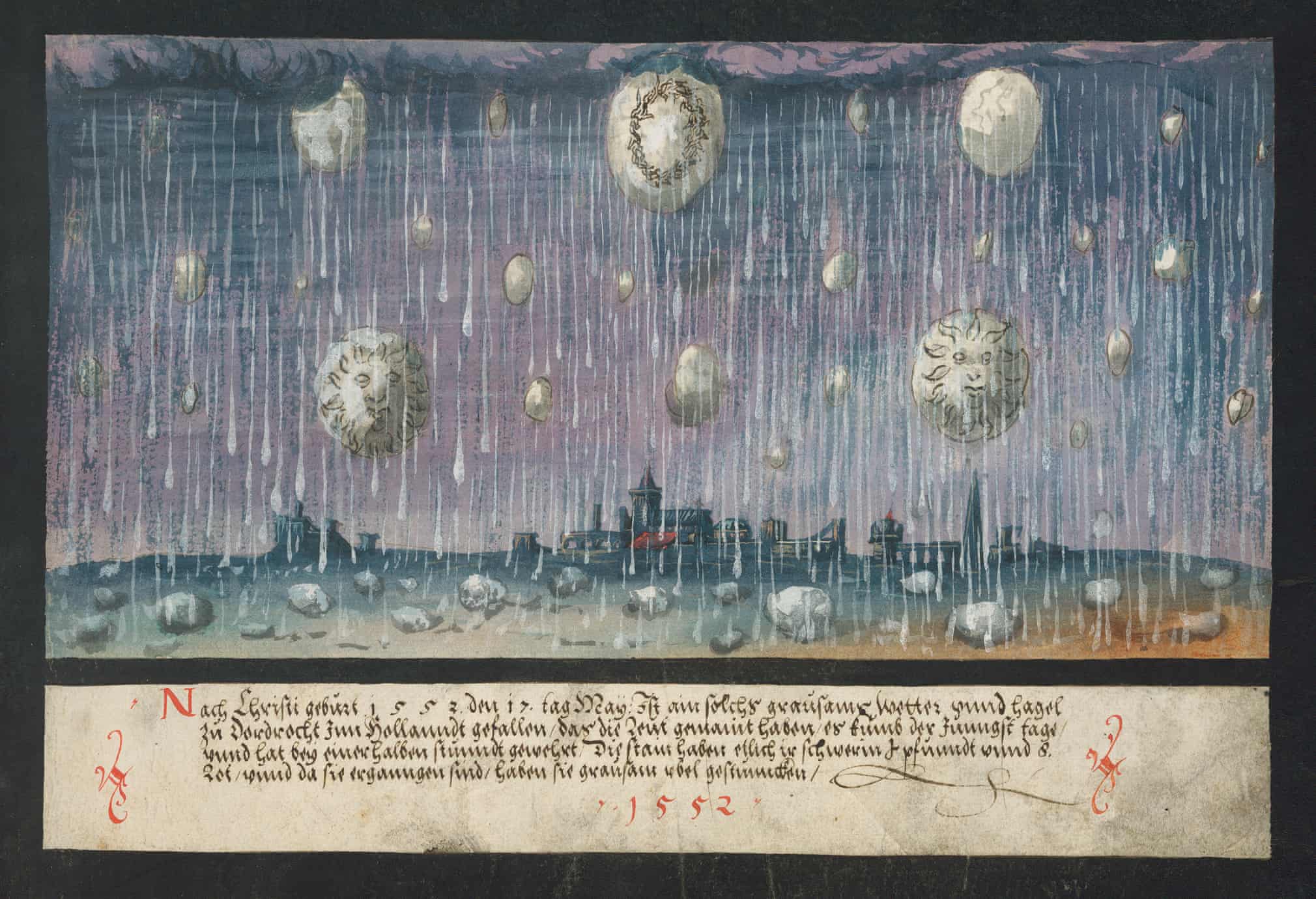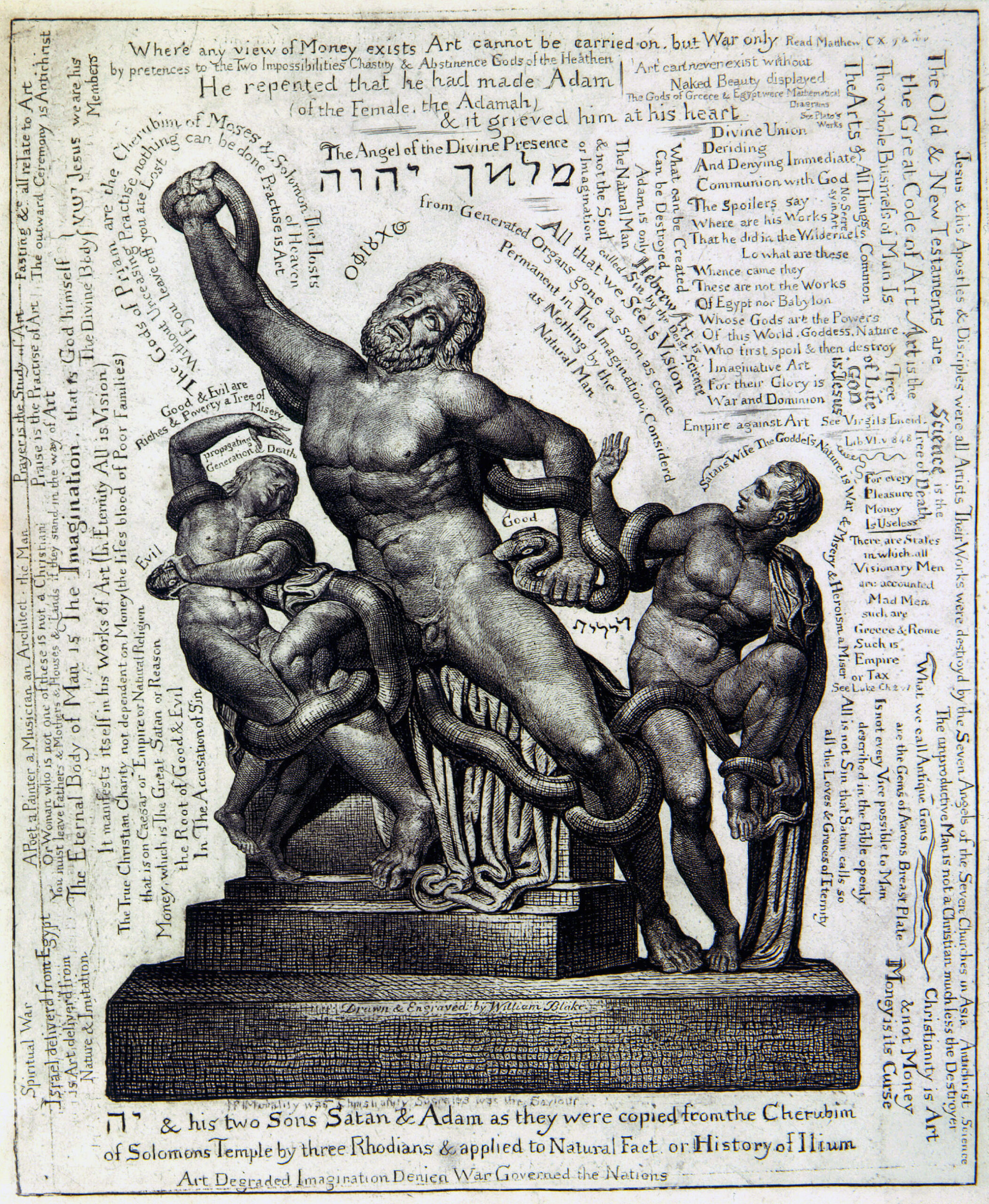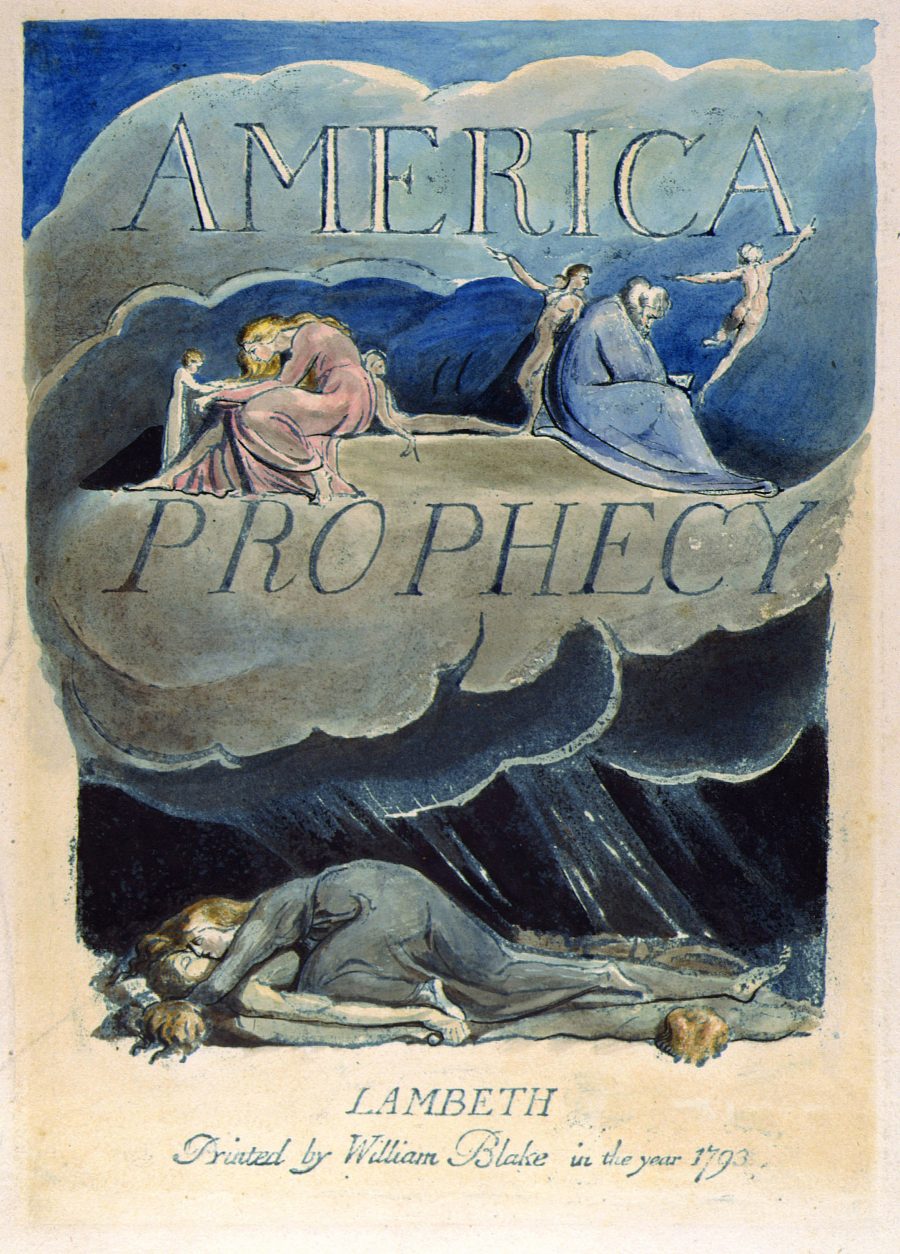Last year we told you about the plan to install a retractable floor in the Colosseum, thus restoring a feature it boasted in its ancient glory days. Though the state pledged €10 million, the budget of an ambitious renovation will surely come to many times that — but still, we may imagine, only a fraction of the money it took to build the Colosseum in the first place. In fact we have to imagine it, since we have no records of what that icon of Rome actually cost. In the video above, history Youtuber Garrett Ryan, creator of the channel Told in Stone, does so by not just marshaling all his knowledge of the ancient world but also crowdsourcing others’ knowledge of modern construction techniques and expenses.
First, Ryan must reckon the cost of the Colosseum in sestertii, the “big brass coins” common in Rome of the first century AD. “At the time the Colosseum was built,” he says, “one sestertius could buy two loaves of bread, four cups of cheap wine, or a single cup of good wine.”
The average unskilled laborer could expect to earn around four sestertii per day, and this project needed thousands of such laborers to excavate its foundation trench alone. Then came the laying of the foundation itself, followed by the building of the superstructure, which remains formidable even in the ruined state we know today. Its materials included 100,000 cubic meters of travertine — “roughly one-fiftieth, incidentally, of all travertine ever quarried by the Romans.”
A good deal of travertine also went into the Getty Center, perhaps the closest thing to a Colosseum-scale construction project in modern-day America. The Getty’s total cost came to $733 million, a price tag befitting the wealth synonymous with its name. But it still came cheaper than the Colosseum by Ryan’s estimate, or at least by most of the estimates at which he arrives. Consulting with several of his viewers experienced in architecture and construction, he calculates that building an exact replica of the Colosseum in today’s United States — taking into account the much greater efficiency of current tools, as well as the much greater cost of labor — roughly equivalent to $150,000,000 to more than $1 billion. That amount of money obviously exists in our world; whether we possess the necessary ambition is less clear. Then again, ancient Rome didn’t have Lego.
Related content:
Building The Colosseum: The Icon of Rome
When the Colosseum in Rome Became the Home of Hundreds of Exotic Plant Species
Rome’s Colosseum Will Get a New Retractable Floor by 2023 — Just as It Had in Ancient Times
Based in Seoul, Colin Marshall writes and broadcasts on cities, language, and culture. His projects include the Substack newsletter Books on Cities, the book The Stateless City: a Walk through 21st-Century Los Angeles and the video series The City in Cinema. Follow him on Twitter at @colinmarshall, on Facebook, or on Instagram.











